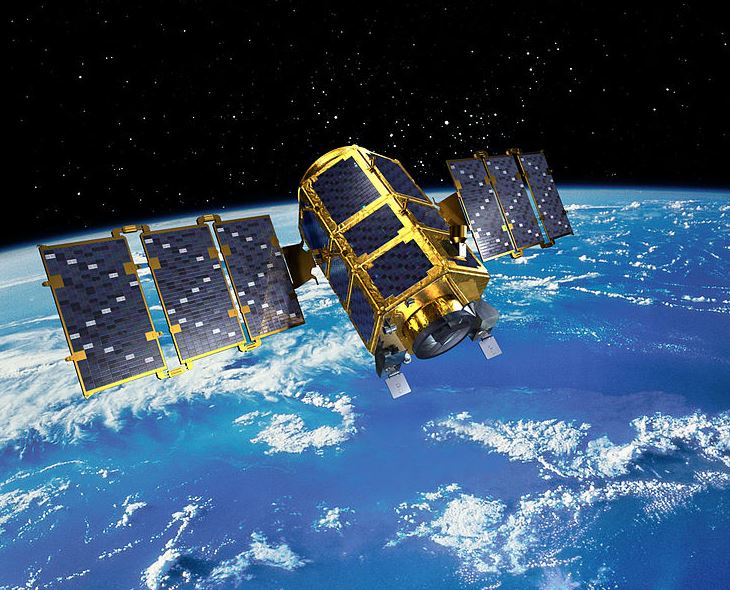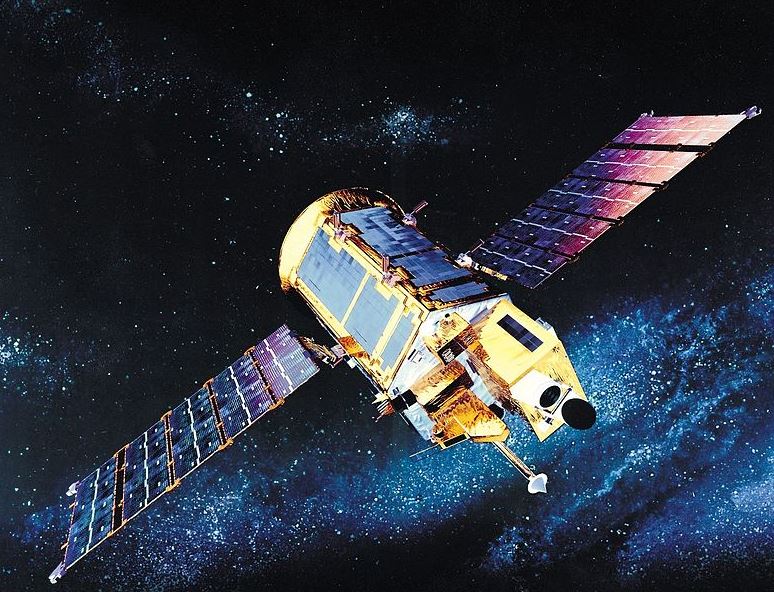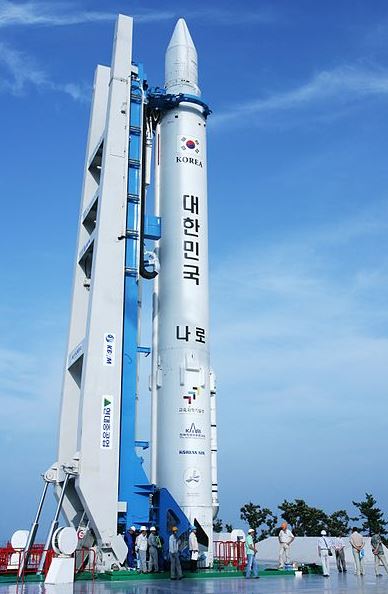South Korea is an emerging tourist destination. With the proliferation of K-pop, K-dramas, Korean trends, movies, cuisine, skincare care products across the world, Korean history and culture are also becoming well-known, enticing many people to travel to South Korea. From beautiful sceneries to the serene countryside, vibrant cities, futuristic landmarks, and amazing food scenes, all visitors are rewarded with a diverse, fun Korean experience.
Indeed, South Korea has made big waves globally. It’s little surprise that they are also set to journey and explore into the vacuum of space. Though not as huge as other government space agencies like National Aeronautics and Space Administration (NASA), European Space Agency (ESA), Japan Aerospace Exploration Agency (JAXA), China National Space Administration (CNSA), and the Russian Federal Space Agency (RFSA or Roscosmos), South Korea has its own space agency, the Korea Aerospace Research Institute (KARI), aimed to maximize the benefits of space exploration.
Korea Aerospace Research Institute (KARI)
On October 10, 1989, Korean Aerospace Research Institute was established and dedicated as South Korea’s space and aeronautics agency. Its foundation was for the purpose of aiding the firm development of the country’s national economy and improving national life by exploring and seeking advancements in the field of aerospace science and technology.
Meanwhile, its vision is to continue solidifying national public service and safety, industrializing satellite application and information technology, exploring the moon, improving launch capabilities, spearheading the future by devising environmentally-friendly yet cutting edge, highly-efficient key aeronautics technology.
Arirang Series
Since its establishment and despite its short history, South Korea’s space agency has made notable achievements. On December 21, 1999, Arirang-1, also called KOMPSAT-1 (Korean Multi-purpose Satellite-1), was sent into space via United States Taurus rocket from California’s Vandenberg Air Force Base.
Though Korean companies have launched foreign satellites prior to Arirang-1, it was the first-ever satellite created by South Korean engineers. Its name was derived from the country’s Korean folk song ‘Arirang,” often translated to Arirang.
Arirang-1, the 470-kilogram machine was built in KARI’s main laboratory in the Daedeok Science Town in Daejeon, situated in the central region of South Korea. The satellite was considered retired in 2008 after it lost contact. It was only planned to operate for only three years, exceeding it by a considerable five more years. During its service, Arirang-1 was able to circle the Earth over 43,000 times, while taking more than 470,000 photographs of the Korean peninsula.
source:KARI, KOGL Type 1, via Wikimedia Commons
Prior to Arirang-1 retirement, KARI had already launched its brother, Arirang-2, also known as KOMPSAT-2 (Korean Multi-purpose Satellite-2) on July 28, 2006, from Russia’s Plesetsk Cosmodrome. Arirang-2 was a multipurpose observation satellite that took colored photos at a higher resolution than Arirang-1.
Like the first satellite, its operation was only planned for only three years. Yet, it was extended three times before it was retired in 2015. Arirang-2 was able to fulfill its mission of taking photos of the Korean Peninsula, as well as other parts of the world, six years longer than its intended run.
Subsequently, KARI has launched more satellites in the Arirang series: KOMPSAT 3 (Arirang 3) in 2012, KOMPSAT 5 (Arirang 5) in 2013, and KOMPSAT 3A (Arirang 3A) in 2015. Plans have already been made for launching KOMPSAT 6 (Arirang 6), KOMPSAT 7 (Arirang 7), and KOMPSAT 7A (Arirang 7A).
Cheollian Series
Going back to 2010, KARI launched Cheollian or COMS (Communication, Ocean and Meteorological Satellite), South Korea’s first multi-function geostationary satellite. It has three payloads: meteorology, communication, and ocean observation. Designed to operate for only 7 years, COMS-1 was officially deactivated on March 31, 2020, after its more than nine-year service. Cheollian 2A and Cheollian 2B, both with only meteorological payloads, were launched in 2018 and 2020, respectively.
KLSV and STSAT
Eventually, KARI was also able to design its carrier rocket called Korea Space Launch Vehicle (KLSV), now designated as Naro-1. Its first launch happened on August 25, 2009. However, a malfunction occurred with its payload fairing separation system, while the satellite protective cover remained intact in the second phase. Weight issues caused the rocket to lose its nominal course and tumble, soaring only 20 kilometers before returning to the atmosphere and disintegrating.
The second attempt to launch Naro-1 took place on June 10, 2010. Yet, it resulted in another failure after losing contact with the rocket just 2 minutes and 17 seconds after its take-off.
It was only on January 30, 2013, when Naro-1 was successfully launched. It was sent from Naro Space Center, the country’s spaceport opened in 2010 in Goheung County, 480 kilometers south of Seoul.
Naro-1 is a historical rocket as it became South Korea’s first launch vehicle to reach the Earth’s orbit. It carried the STSAT-2A (Science and Technology Satellite), whose mission was to aid in the independent research and development of a satellite to be placed in Earth’s low orbit, develop spacecraft, and achieve scientific payloads.
UAV and other projects
In 2011, KARI unveiled its Unmanned tilt-rotor vertical take-off aircraft, lining South Korea among the few countries in the world, including the U.S., the U.K., and Israel, with programs proceeding with tilt-rotor technology.
The 5-meter-long, 7-meter-wide UAV (Unmanned Aircraft Vehicle) boasts a top speed of 500 kilometers per hour, with a fly-by-wire flight control system developed locally, while international partnerships supported the creation of its rotor and drive systems.
The UAV is useful for both civil and military functions, such as performing weather and environment surveys, forest fire prevention, and traffic controls.
Other future projects and programs of KARI include the Korean Lunar Exploration Program (KLEP), which is gearing to launch and operate Korea Pathfinder Lunar Orbiter (KPLO) to fuel the country’s first lunar probe. Future plans involved launching KSlV with a lunar lander and rover by 2030. South Korea is also allotting billions of dollars for its Regional Navigation Satellite System (RNSS) and its own GPS, the Korean Positioning System (KPS).
With such achievements and ongoing plans in such a short span of time, South Korea’s space program is undoubtedly stepping forward and gaining remarkable gains in the modern space age and technology, proving they’re ready to create bigger waves not only globally but towards space and beyond.


